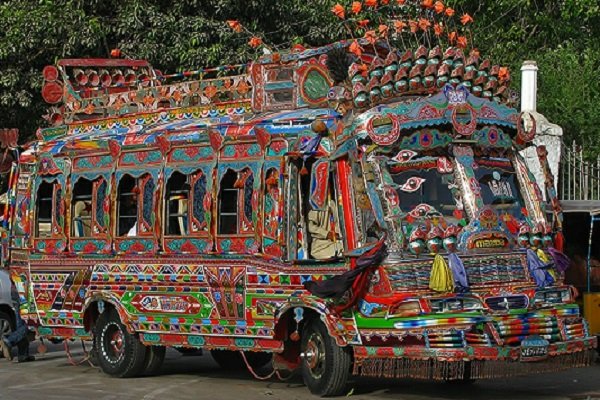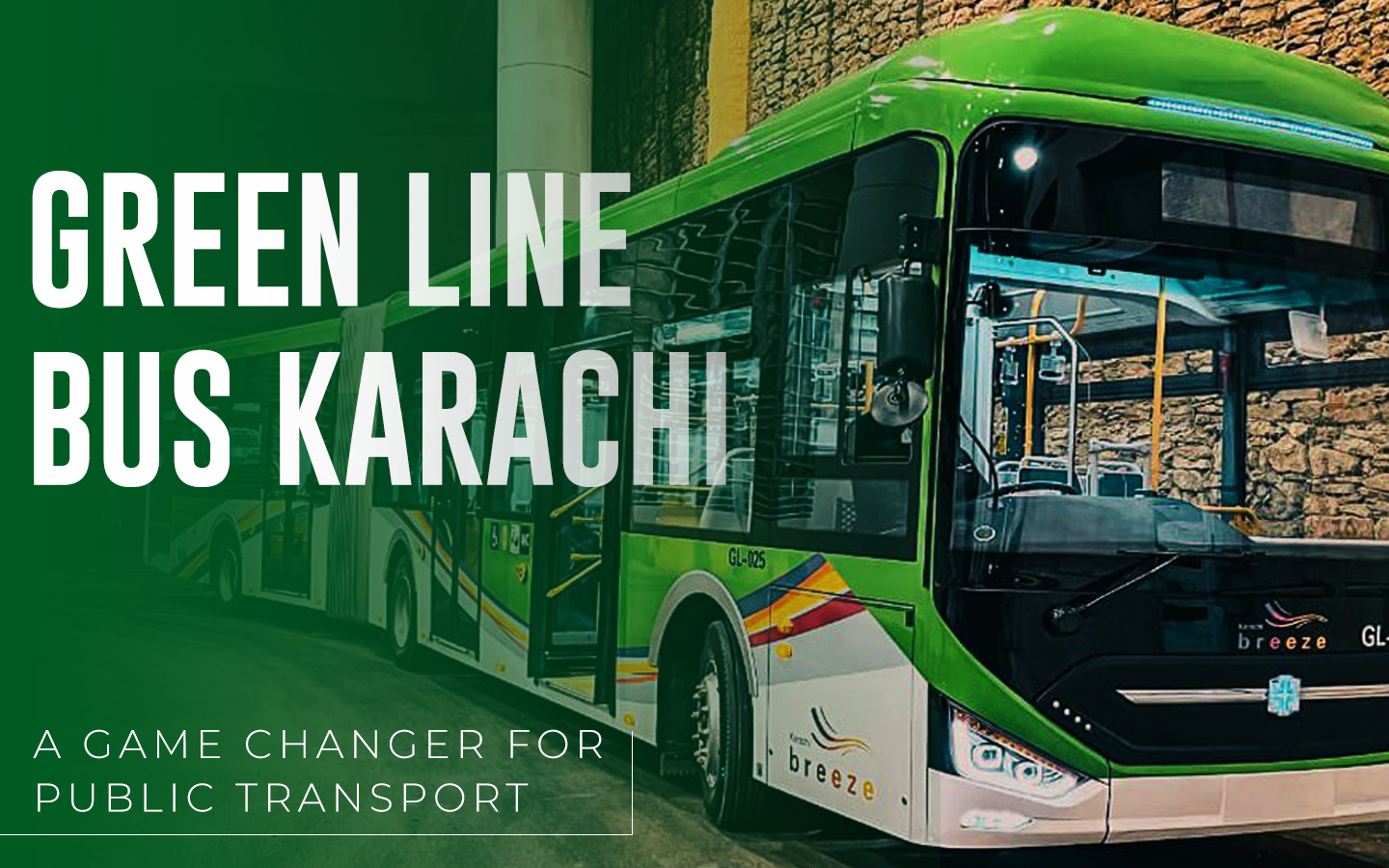Karachi is the largest city and hub of transport in Pakistan. Its port and railway station are the most significant gateway to Pakistan; Karachi railway station is the central part of transport to other countries. Karachi, the biggest city in Pakistan, is home to generally 22.5 million individuals, because of which the town is known as “smaller than expected Pakistan.” Exploring this metropolitan, substantial wilderness, spread over an area of 3,780 sq km, is made conceivable by a snare of narrow roads, wide streets, and sweeping turnpikes.

Local Transport services:
Karachi has the same number of buses, but most are privately owned and run by their drivers and conductors. There is no ticket system because the conductor is smart enough to recognize who has paid or not. There are many local transport services in Karachi in every area, so you don’t have to worry about it. The local transport services include mini buses, coaches and large buses which provide the cheapest to drive out of the city. Rickshaws, Qingqi, and taxis take special care of the traveling needs of the upper working class, while high society explorers often utilize radio or white taxis. It makes it feasible for individuals without their vehicles to get to a distant city region.
Rickshaws:
It is a motorized three-wheeled vehicle that seats two passengers and provides services inside the city from one place to another. Also, around 50,000 six-seater carts are working in the city. In 2019, a distance of six kilometers shouldn’t cost more than Rs10 as per the public authority’s tariff.

Taxi cabs:
Karachi has three categories of Taxis: Yellow taxis, black taxis, and taxi cabs companies. These cabs companies are usually found at the airport: Metro, white, and Radio cabs.

Buses:
Individuals of Karachi use minibusses, coaches, and large buses. They are frequently confined and filled to the edge. They are often worked by crazy drivers who don’t observe the guidelines of the street, imperiling a large number. In 2008, the city chairman requested fifty CNG buses for utilization rather than the old mini busses with no decent routes. For example, heading out up to 4 km costs PKR 15 while ventures longer than 30 km cost PKR 35. The rates stay standard no matter what the course. For instance, you can go along Route 121, from Haj Complex to Faisal Mosque, a distance of 28.6 km, for PKR 35.
Online car services:
These services are now famous all over Pakistan, and it is very comfortable for the citizens because you don’t have to go outside; you book it, and it will come to your doorstep. The best thing is that it is cheap and affordable. You have to download the apps. The online apps are In driver, Careem, and uber, and they will take you anywhere on an agreed fare.
Online Bus services:
Now there is also an online service for buses, so you can book your seat before it reaches its stops. These services include Swwl and Airlift; you have to download the app on your phone, and it will show you its finish near, and you will book your seat and wait for it to reach its stop.
Upcoming new transport project:
Given the quickly expanding number of suburbanites in the city, the central government, as a team with the joint government, has started a mega transportation project named “Trans Karachi Breeze,” which has been partitioned into a wide range of stages and is presently a work in progress. Transport of Karachi Breeze is subsidized under the public-private association model. This cutting-edge mass transportation project depends on an organization of numerous Bus Rapid Transit (BRT) lines: Green Line, Orange Line, Red Line, Yellow Line, and Blue Line. Moreover, the Sindh government wants to present numerous intercity and intra-city transport administrations to determine transportation issues in the area.





